From November to January, the air grows chill. Leaves turn signature shades of orange, red and yellow.
Bright illumination graces the city streets, bathing everything in the ethereal glow I’ve come to associate with Winter in Japan.
Unlike the US, people don’t typically put up Halloween or Christmas lights here. In Japan’s cities you can instead see gorgeous lights strung in trees and along light-poles and buildings.
It’s one of my favorite things about living in Japan. You can see your breath puff in the cold air while enjoying the festive lights with friends, hot tea-bottle in hand.
It’s a truly unique experience. And when I’m missing the Christmas lights of home, Japan’s Illumination is a balm for the soul.
When did Illumination Start?
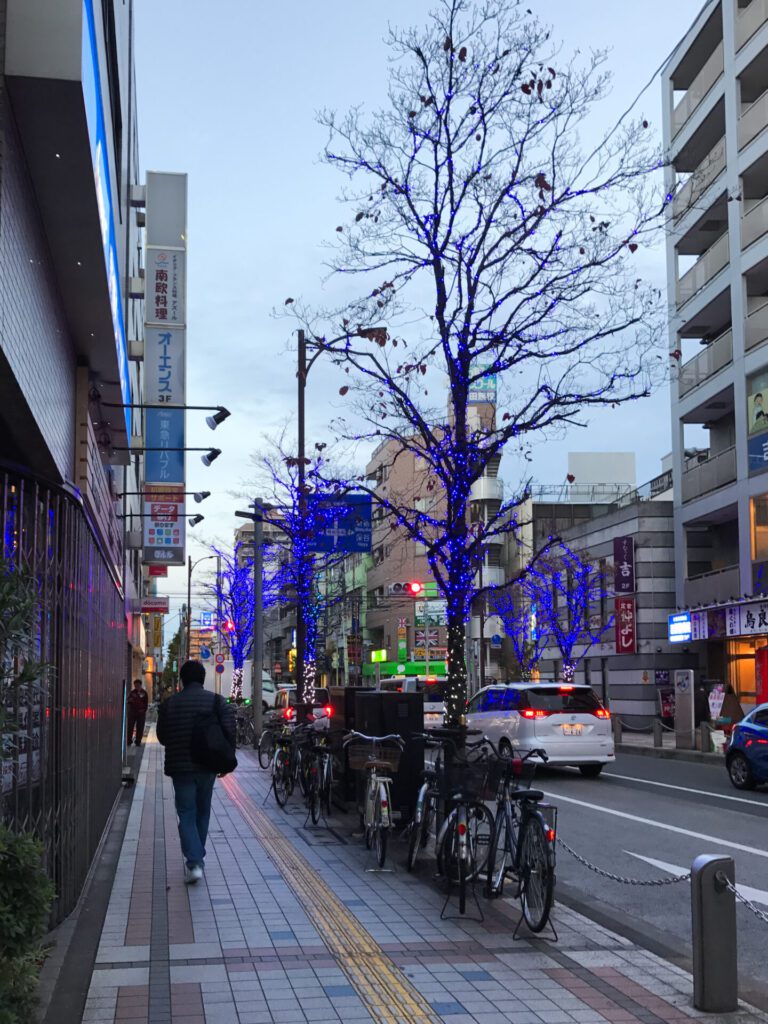
Still relatively new, Illumination (イルミネーション) began taking off in the 1990’s, according to The Japan Times.
This coincided with wider availability of LED lights and increased interest in the Holiday season.
While New Year’s is also a popular holiday, the growing interest in Christmas in Japan made Illumination festivities even stronger.
The first time we encountered Illumination was in November 2017, during a spontaneous friend photoshoot in Iidabashi – one of the stops along our school commute.
From there, Illumination started popping up everywhere around us in hues of blues, pinks, whites, and purples.
On another occasion, one our first dates as a couple, my husband and I visited the town of Tanashi, located west of Tokyo. We picked a train line and rode it until we hit a stop that seemed interesting.
Although Tanashi is a fairly straightforward city area, it did boast a wonderful walking/biking trail, as well as deep blue illumination in the trees.
Now when I think of Illumination, I still recall Tanashi’s brisk fall air and indigo-tinted trees reminiscent of Winter nights.
Why Illumination?
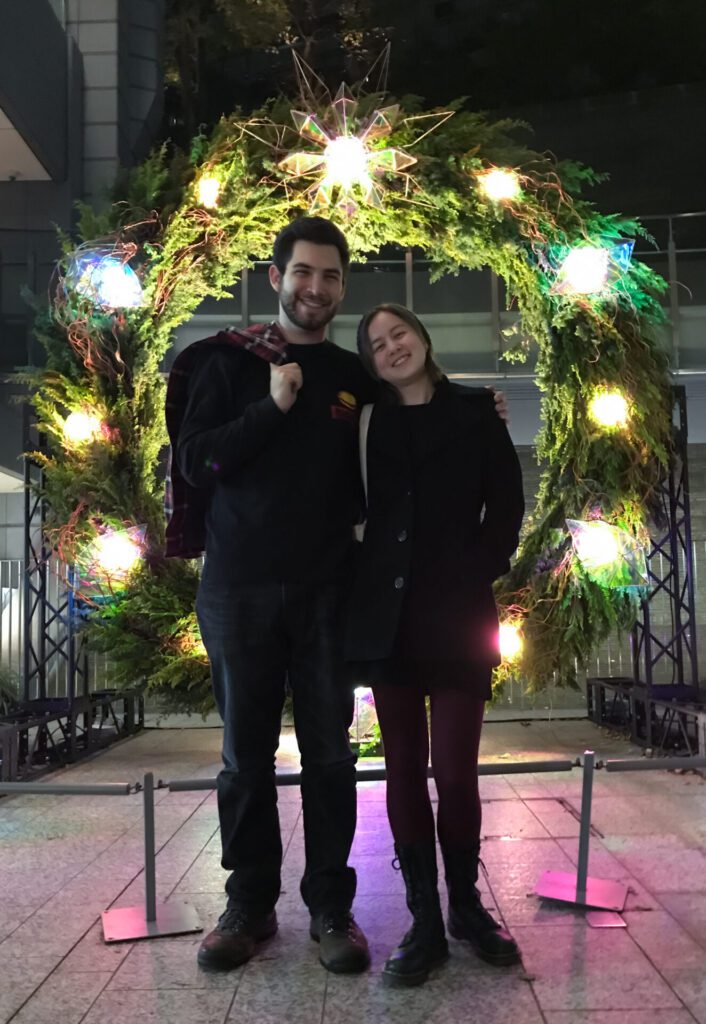
While Christmas has been around in Japan one way or another, its current incarnation began post WWII, according to Tokyo Cheapo’s Christmas in Japan Timeline.
Plus, Illumination is festive and celebratory even for those who don’t celebrate Christmas.
It ushers in the Winter season from about mid-November to as late as early February.
It makes other end-of-year holidays like New Year’s feel more special, and lights up the darkening evenings in multicolor.

In Japan, Christmas is primarily a couple’s holiday.
People may be shocked if you spend it with family instead of a boyfriend or group of friends, for example.
So since holidays like Christmas aren’t as family oriented, it’s less common for people to decorate a tree indoors.
Therefore, it’s more normalized to see lights in public spaces, with plenty of selfie/couple’s picture spots throughout the city.
And if you do see lights on people’s home, oftentimes they’re in the form of a Christmas tree displayed on the porch.
I’ve even seen Halloween trees on porches– hilariously different from how we decorate in the ‘States.
Where to see the best Illumination
So where can you see Illumination in Japan?
Of course, if you’re visiting in the Fall and Winter you’ll see Illumination as you explore cities like Tokyo, Kyoto and Osaka.
But if you’re seeking out more deliberate experiences, there are plenty of beautiful light shows around the country.
Ashikaga Flower Park
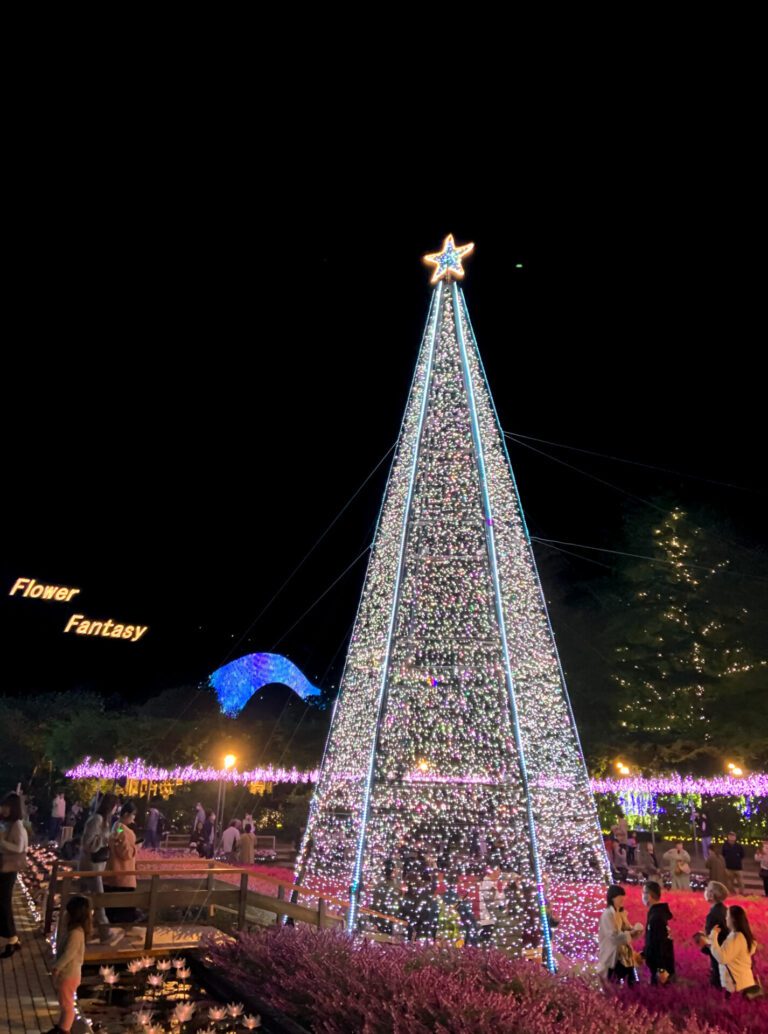
Ashikaga Flower Park is a gorgeous park in Tochigi Prefecture that dedicates itself to Illumination during the Fall and Winter while most blooms go into stasis.
Wisteria-shaped lights bathe the park in all colors of the rainbow.
Tickets run about ¥1300, and I talk all about it in my post: Exploring Ashikaga Flower Park.
Tokyo Midtown
Near to the hustle and bustle of Shibuya, Tokyo Midtown boasts different Illumination installations throughout the Fall and Winter season.
From November 16th to February 25th, their exhibition “Promenade of Lights” will be on display, while “Some Snow Scenes” will be on from November 16th to December 25th.
And they’re free! So bring a friend and enjoy a stroll through the the park.
The only event that requires tickets is the ice rink – and renting skates will also cost a nominal fee.

Kobe Luminarie
Only open from January 19th-28th 2024, the Kobe Luminarie started as a tribute to those who passed in the Great Hanshin-Awaji Earthquake of 1995.
This will be its first Illumination event in 4 years since the pandemic and financial troubles made it difficult for the event to occur.

It boasts several exhibitions spanning from Higashi Yuenchi Park, to the Former Foreign Settlement, and the Meriken Park Venue in Kobe.
Advance tickets can be purchased on their website or at a Lawson convenience store for ¥500 (~$3.40), or for ¥1000 (~$6.90) at the venue.
But wherever you are in Japan, you’re bound to see some nicely lit trees and buildings in anticipation of the holiday season.
So remember to get your photos in, and spend plenty of time with friends and family in the cool winter air to make the most of the season!
And if you need to know what to wear in winter in Japan, check out my Quintessential Japan Packing List!


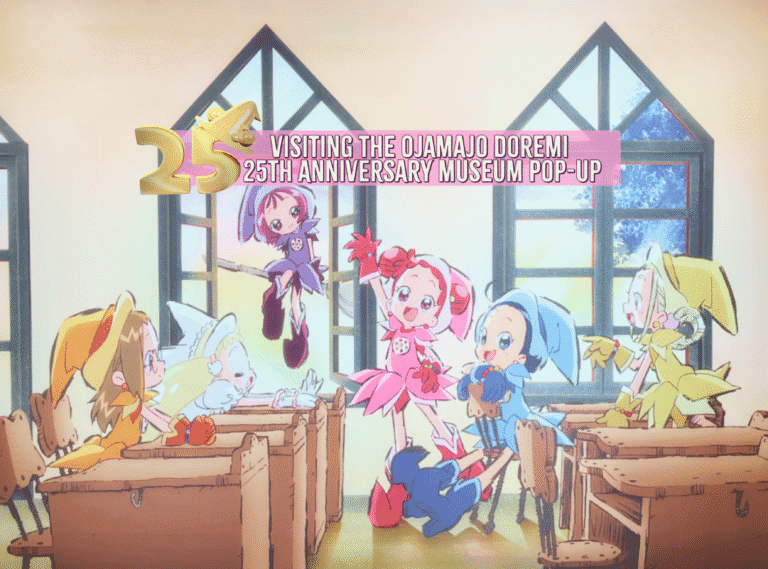

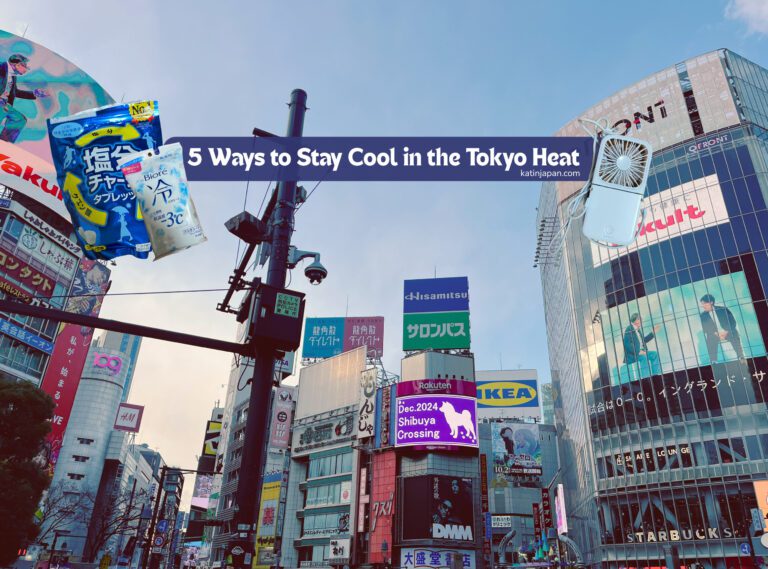
Looks beautiful! I’m so excited to see it for myself